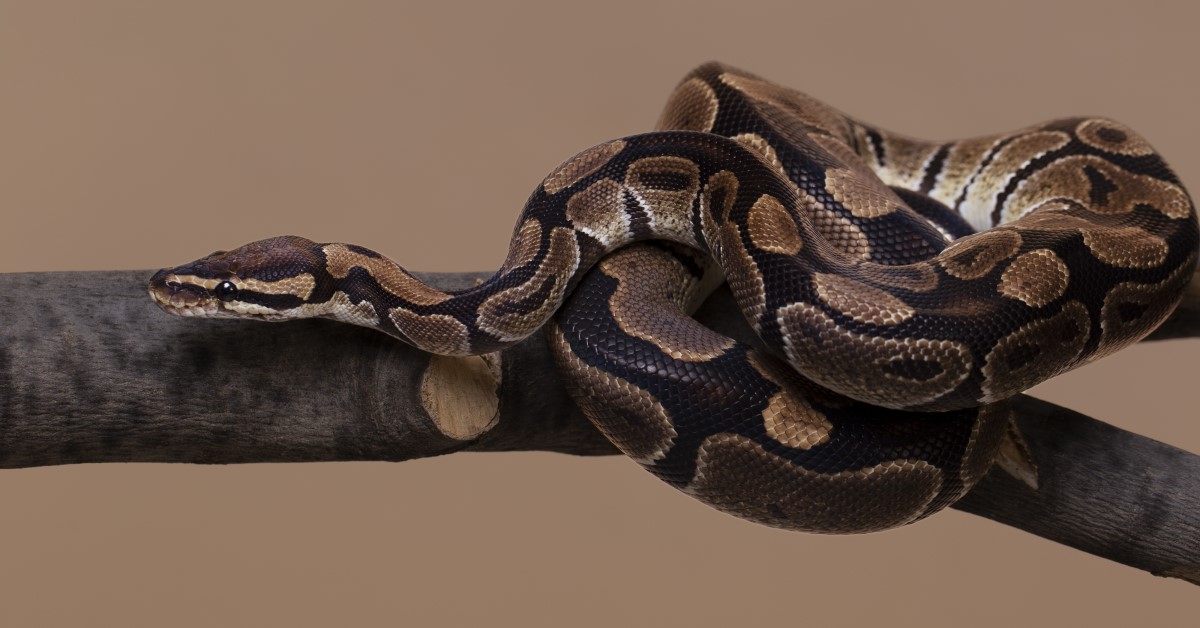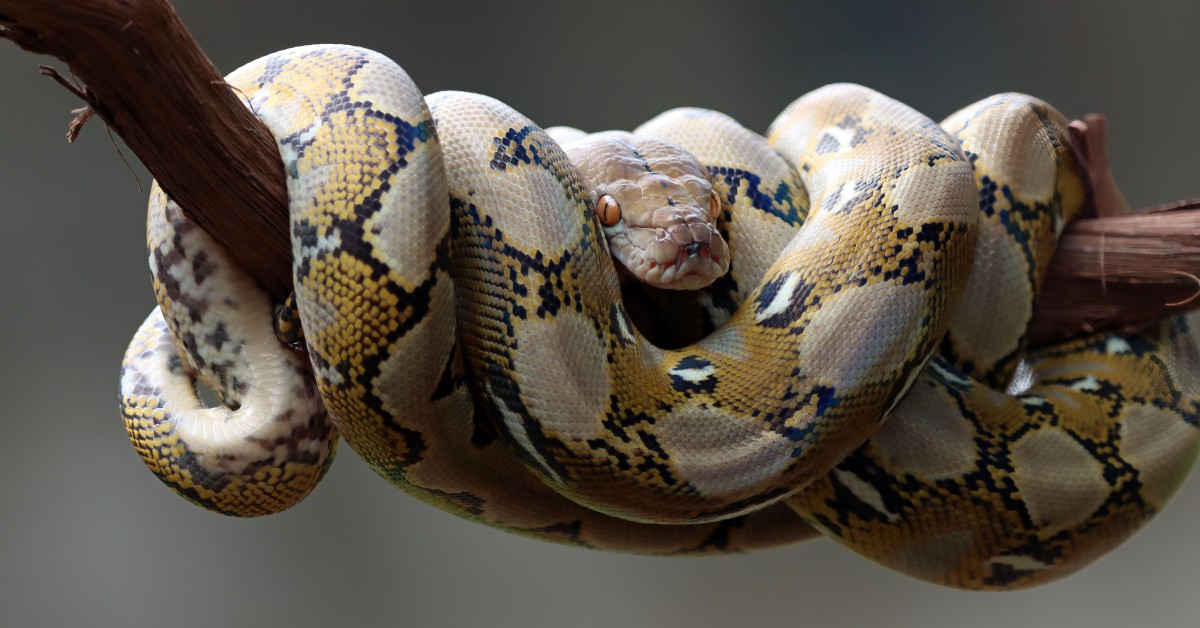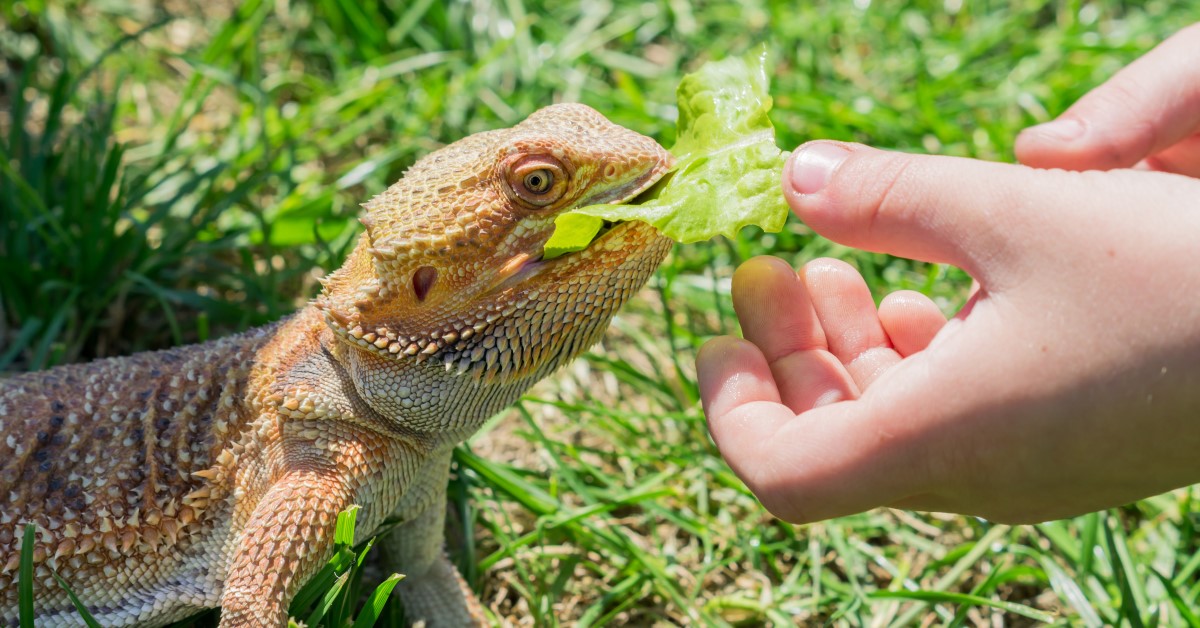Which Kinds of Snakes are Safe to Keep as Pets
Snakes are fascinating creatures that can make excellent pets if you choose the right species for you.

While they’re not your traditional pet, snakes are relatively docile creatures that make great companions. These low-maintenance reptiles are quiet, don’t take up much room, and can be easily domesticated with proper care and socialization. While there are more than 3,000 species of snakes in the world, not all are suitable for homes. Discover some of the most popular types of snakes to safely keep as pets.
Corn Snake
The corn snake is a type of rat snake that is appropriate for both beginner and experienced snake owners. Corn snakes are known to be relatively calm and easy to handle. Their slender bodies and manageable size of just 3 to 6 feet in length make them easy to hold and house. Choose an enclosure that is at least 20 gallons or the equivalent of a 12-inch by 30-inch terrarium.
Corn snakes do not need much exercise but can benefit from enrichment activities, such as items that they can slither into or hide their food, such as tissue boxes. Like many species, corn snakes shed their skin. This process generally occurs about two to three times per year.
Garter Snake
Reaching an average length of just 3 to 4 feet, garter snakes are fairly small reptiles with big personalities. These highly-active snakes don’t mind being handled and can be fun to watch hunt for food.
As carnivores, snakes eat meat. In captivity, they enjoy pinkie mice and feeder goldfish. They also require vitamin and mineral supplements that contain phosphorous and calcium, which should be sprinkled on their food every second or third meal. Garter snakes require a 15 to 20-gallon tank with a full cover secured with clamps to prevent your pet from escaping.
Ball Python
Ball pythons are curious creatures who received their name from their ability to roll into a ball and hide when they feel threatened or frightened. These easy-to-handle, well-mannered snakes grow to an average of 3 and 5 feet long, and with proper care, have a life expectancy of up to 30 years.
This type of snake needs plenty of rest. In the wild, ball pythons burrow underground during the day. In captivity, their nocturnal nature requires them to have one or multiple “hide boxes” or they could become stressed. It’s also important to note that ball pythons can be picky eaters, sometimes going months in between meals.
Rosy Boa
Rosy boas are known for their distinct colors and blunt heads and tails, which help confuse their predators. This type of snake usually ranges from 17 to 34 inches in length and can weigh up to 21 ounces. Despite their unique look, they are generally easy to find and can be purchased in most specialty reptile stores.
Due to their relatively small size, these snakes do well in a minimum terrarium size of 10 to 15 gallons. The enclosure must be escape-proof and the cover should not be an abrasive like screening. Rosy boas often rub their snouts against the cage surfaces looking for places to escape, and a rough texture could cause injury.
Western Hognose Snake
The western hognose snake has a distinct upturned snout common with the “hognose” trait found in many snake species. They tend to be timid but are usually not aggressive, especially with regular handling.
Once they reach adulthood, the western hognose snake may reach a length of 2 feet, although some get as large as 4 feet. In captivity, they have an average life expectancy of about 20 years, double the life expectancy of their wild counterparts. Unlike other species that are nocturnal, this type of snake is diurnal, meaning active during the day.
Green Tree Python
Green tree pythons have striking colors and patterns that make them captivating pets. They tend to be shy and don’t like being handled too much. They are also not considered to be an overly social species and prefer to keep to themselves in their enclosure. Ensure that the enclosure is heated to 86 to 88 degrees Fahrenheit and has a humidity level of between 40 and 70%.
While green tree pythons can make great pets, they are best suited for experienced snake owners. They can have some health issues that require extra attention, such as dry skin, an inability to shed, and respiratory issues.
Milk Snake
Milk snakes have smooth scales, small, rounded heads, and slender bodies. Their colors, patterns, and length can vary depending on their subspecies. However, the majority of these snakes reach about 48 inches long, meaning they’ll need a minimum enclosure size of about 24 by 48 inches.
It’s fairly easy to care for a milk snake as they are low-maintenance and do not require any special temperature, lighting, or humidity levels. They also do not need to follow any particular feeding schedule, although it’s important to be consistent. The average adult will need to be fed once or twice a week, while younger snakes require more frequent feedings.
Choosing a Pet Snake for You
If you’re interested in snakes, getting one as a pet may seem like an exciting endeavor. However, it’s important to do your research before making a purchase. Choosing the right type of snake can help ensure that you’re fully prepared to care for your new pet for years to come.
Ready to start saving money on pet wellness care?
Then take a look at Mint Wellness, the pet wellness plan that provides fast reimbursement on routine pet care. Save on vaccinations, wellness exams, preventatives, dental, and more!
Learn More


